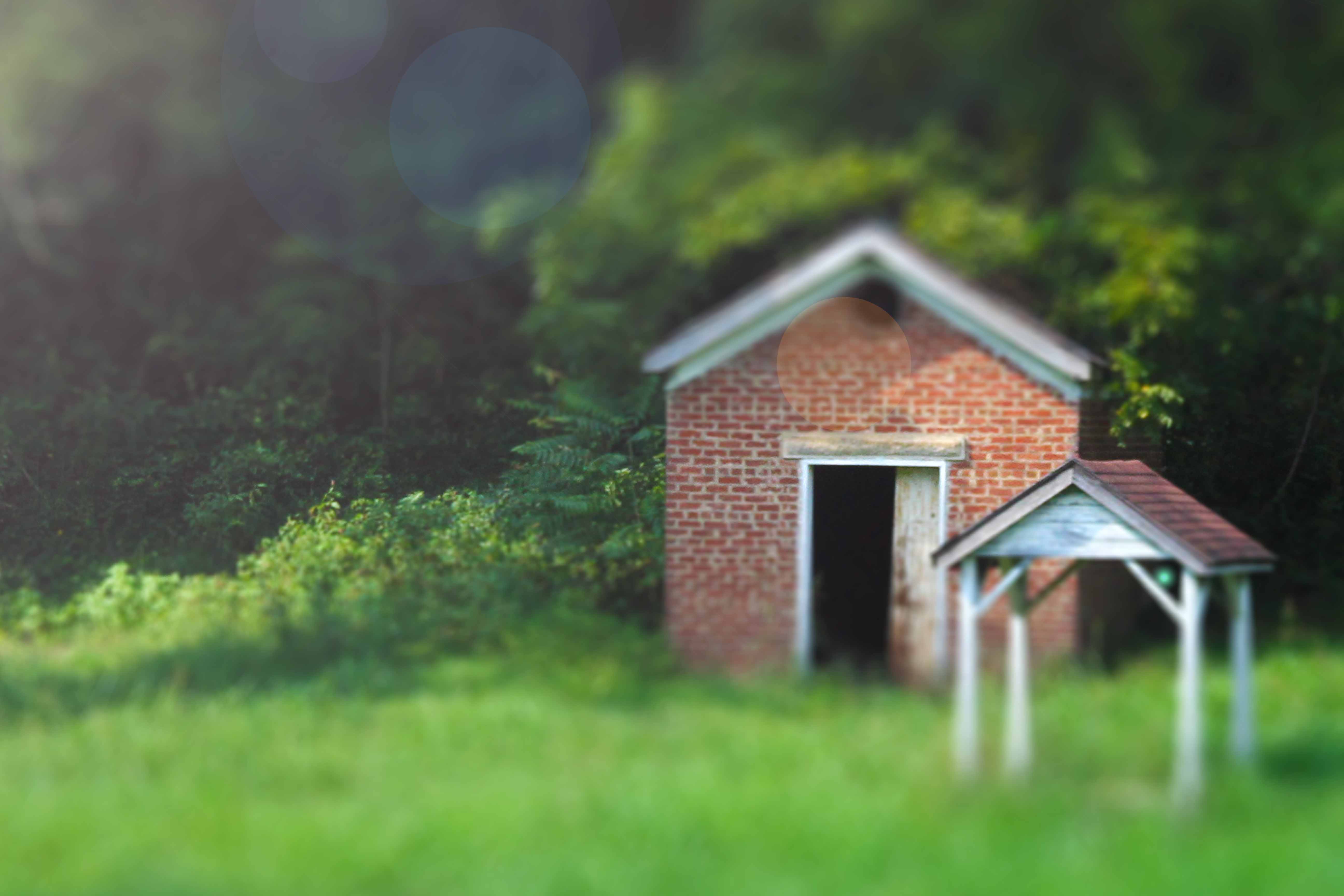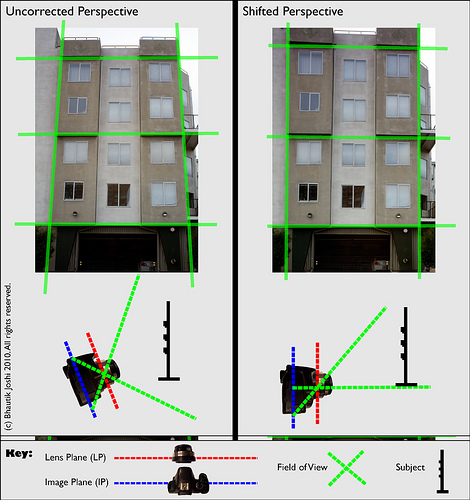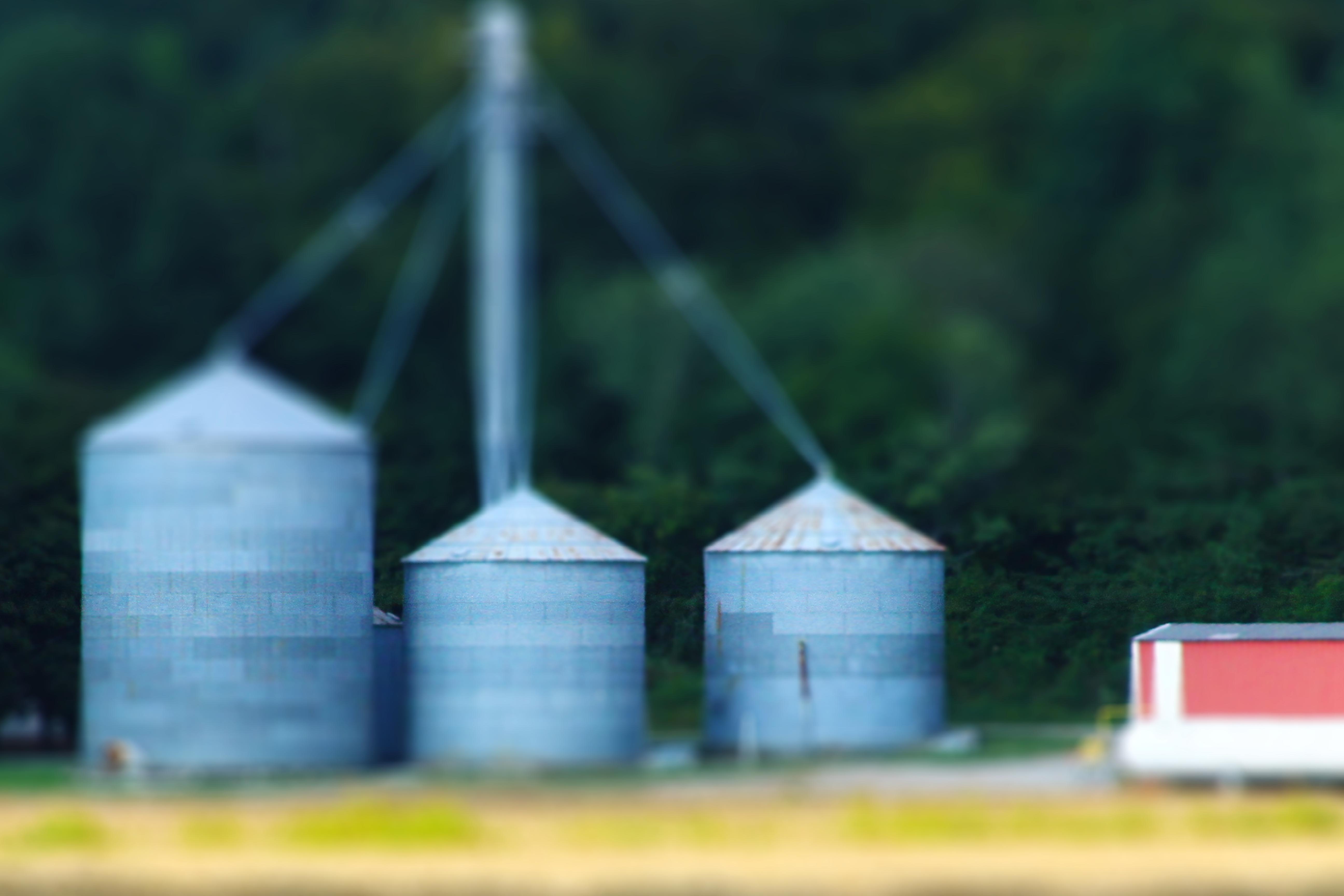Jeremy Hack: Tilt-Shift Photography
Since I graduated college last winter I have touched base with many artistic styles and disciplines with my photography. You'd be shocked at just how many schools of thought exist simply for photo styles. From panoramic to high speed photography, HDR priority to spectacular monochromatic styles, there are many specific styles. However I am not here this week to discuss any of those. This week I will be featuring a style known as Tilt-shift.
Tilt-shift is an appropriately named photo technique; it is just as it's name implies. Modern understanding of tilt-shift photography is accredited to mathematician Theodor Scheimpflug, who originally developed tilt-shift as a method of correcting perspectives in aerial photos. Through this, it was understood that you can change the perspective of a photo by altering the angle of the lens relative to the camera body.
Modern photography utilizes tilt-shift for many purposes; one of the main being architecture photography. If you aim a regular camera at a building to get the entire structure in frame, you will notice a perspective takes hold of the image. Altering the angle of the lens will create a more orthographic, "Straight on" look.
Of course, modern artists had to re-invent the use of tilt-shift lenses to serve aesthetics and create something beautiful. Because the tilt-shift technique creates a very narrow field of hyperfocus, the tilt-shift technique can be used to photograph very very large scenes (buildings, stadiums, crowds) and create a "toy" look. This form of miniature photography has gained immense popularity over the past years.
If you can't afford a tilt-shift lens for your DSLR, no worries. There are many helpful tutorials online that will help you scout out ideal conditions for faux tilt-shift. There is also a great deal of post-processing involved, so you must be comfortable with Adobe Photoshop or Gimp.
- Log in to post comments
































Comments